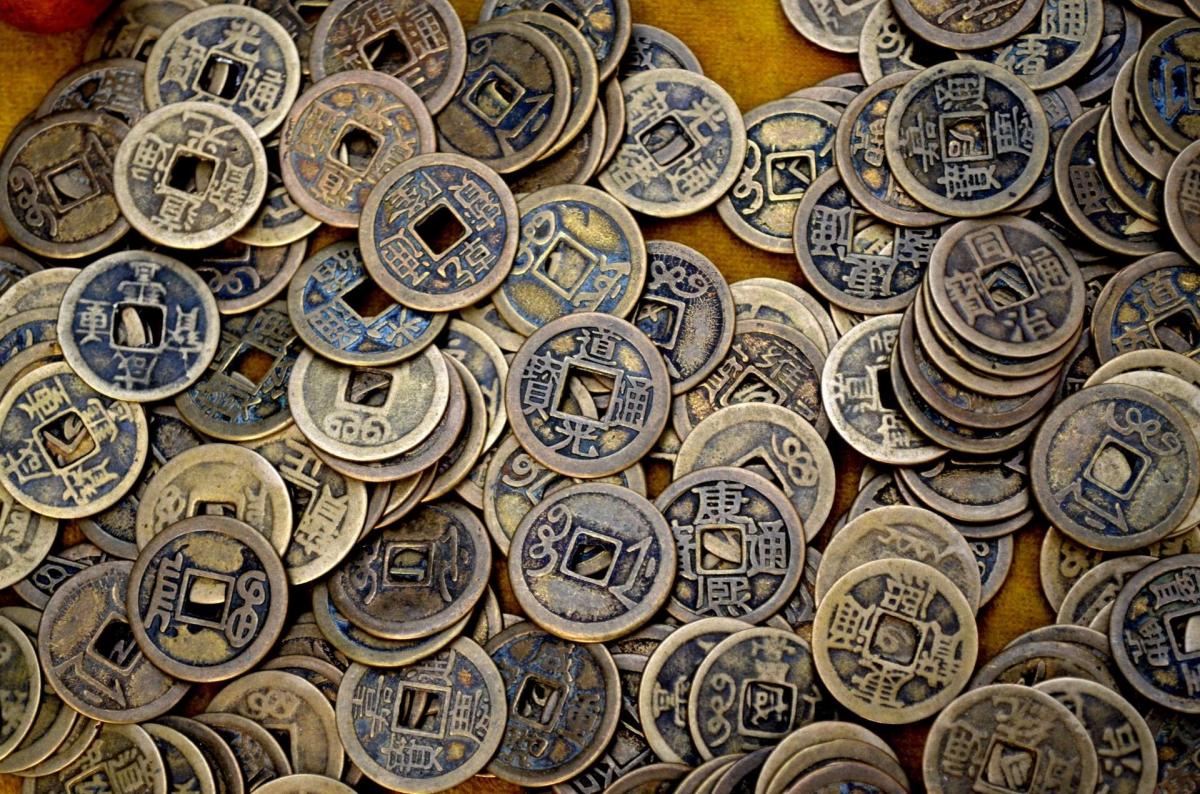A new paper by G. Nathan Dong and two other scholars investigates private equity placements in China and their consequences for the issuing firms.
The study works from a natural experiment that resulted from regulations created by the PRC ten years ago. In 2006, the China Securities Regulatory Commission issued “The Administration of the Issuance of Securities by Listed Companies.” Since then the CSRC has required (1) that companies planning a PEP apply for and receive its approval, (2) that a PEP can only be sold to a maximum of 10 investors, (3) that they may not be resold within the next 12 months, and (4) that if they are sold to controlling shareholders they cannot be resold within the next 36 months.
The CSEC also regulates many other aspects of a PEP, but those points are at the heart of the concerns of Dong (of Columbia University) and his co-authors: Ming Gu (Xiamen University) and Hua He (Cheung King Graduate School of Business).
The U.S., Japan, and China
The regulations have not deterred the growth of PEPs to become the primary method of equity refinancing for China’s listed firms, raising RMB 666.573 billion in 2014. Dong et al decided to use the database created by the CSRC-centered system, especially in its first six years of operation, to determine whether the long-term consequences of a PEP in China have proven analogous to the long-term effects noted in the literature concerning the United States and Japan.
Specifically, in the U.S. and Japan, firms that issue PEP typically receive a positive immediate market reaction to the fact, but then suffer from a long-term underperformance. For example, a study of 619 equity private placements in the United States in the period 1980 to 1996 found that the three year buy-and-hold raw return for the issuing firms was 0.21%, which was far lower than the equivalent return following public issuances. Further, the firms covered in that study produced a lesser return for investors than a contemporaneous investment in T-bills. Japanese results have been analogous.
Dong et al.’s review of the Chinese data, though, yields this fascinating result: Chinese firms do not suffer from an analogous underperformance after their PEP. “[E]xisting shareholders who do not buy the shares in the private placements … earn positive abnormal returns over one-, two-, and three-year holding periods following the private placements. They receive a mean annual return over three years of 2.13% more than the firms used as a benchmark.
Participating shareholders do much better than non-participating shareholders because the private placements are sold at a mean discount of 23.21%.
What’s Happening?
The scholars find that the Chinese firms that make PEP’s “have poor operating performance n the period prior to the issues, and improve the performance following the issues.” So they hypothesize that PEP has the effect of reducing related party transactions and generally improving corporate governance, thus improving performance and accounting for the positive long-run results.
Why is the Chinese pattern different from that of the U.S. and Japan? Dong et al consider the possibility that the “distinctive features in the Chinese stock market” mentioned above, play a role. They offer no firm conclusion on this, although they find it suggestive. The stricter regulation since 2006 may be part of the process by which firms reduce their information asymmetry between controlling and non-controlling shareholders, thereby improving their own corporate governance and their value to general shareholders.
On the other hand … maybe not. And even if the hypothetical role played by the CSRC is an accurate account of events, it doesn’t follow that the regulatory structure at issue is deserving of replication elsewhere. “[O]ur results could be a country specific phenomenon because of unique historical, cultural, and behavioral factors associated with the stock market in China.”
About Dong
Nathan Dong is assistant professor of financial management at Columbia University, with a Ph.D. from Rutgers. His other recent publications include an article (co-authored with Paul Calluzzoi) on whether the global financial system has become safer subsequent to the crisis of 2007-08. That paper arrived at an equivocal conclusion: that on the one hand financial institutions have become individually more robust since the crisis, but that on the other hand the system as a whole has become more susceptible than before to “systemic contagion.”




